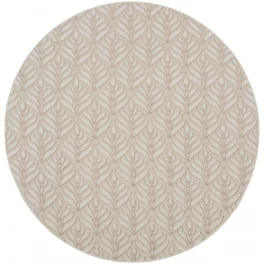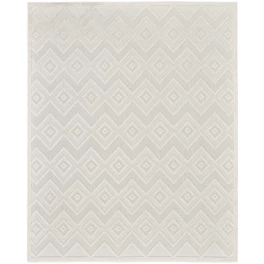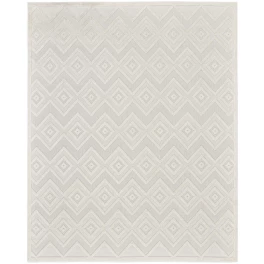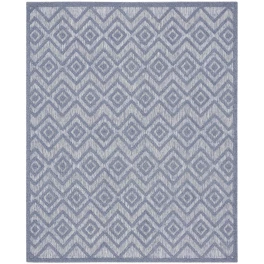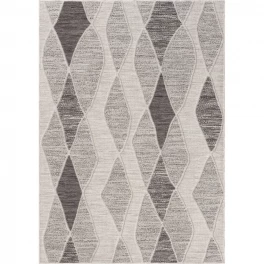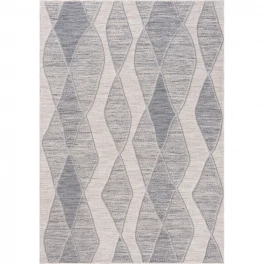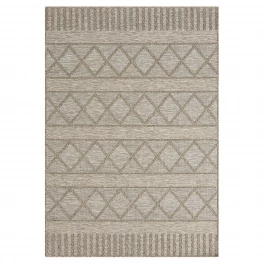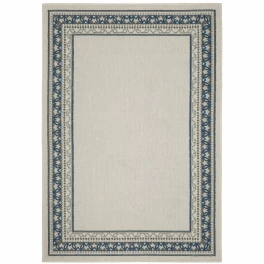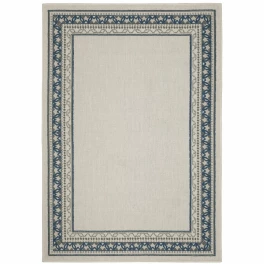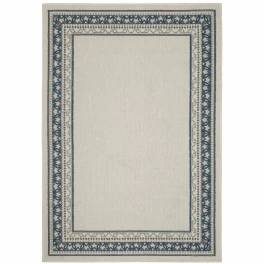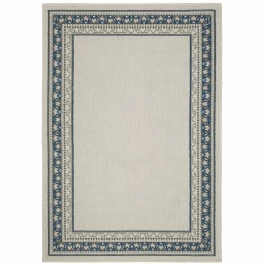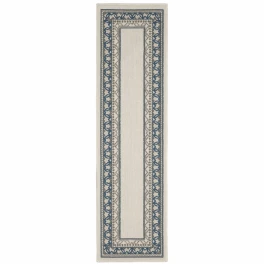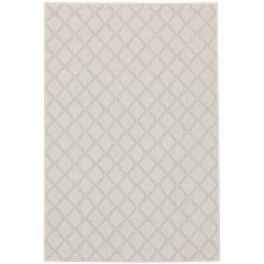In 2011, journalist William Higham wrote an article with the amusing title, "What the Hell is Steampunk?" At that time, the style had just emerged and many wondered if it was a passing trend or something that would become as permanent a fixture in the world of décor and fashion as mid-century or cottage styles. We know now that it has lasted steadily, and even evolved to incorporate more elements and variations. Let's explore what steampunk is, and ways of using it in home design.
What is It?
In 2006, the very first steampunk convention occurred. It was populated by fans of a certain type of science fiction novels in which old blended with new. However, it was not the clash of eras that many think of with sci-fi. Rather, it was a distinct merging of Victorian era aesthetics and design with a difficult to date industrial edge.


Photo by Pedal to
One of the first items of steampunk design to emerge was a high-end computer (a free-standing monitor with traditional keyboard) that had been altered to have the appearance of an old typewriter. It set the bar for how steampunk could develop, using wood and brass to give items a far more mechanical appearance that was not so much technical as futuristic, as if sprung from a Jules Verne novel.
Does It Work?
Some designers argue that steampunk is not a style that can be used in home or even commercial décor. It's generally considered a fashion trend not translatable to home design. However, time has proven steampunk does have a sustainable future in decor, and it has emerged confidently in many modern homes. Steampunk thrives because it allows designers to use materials in ways previously seen as unsuitable. Exposed copper plumbing or pipes can be used to create innovative lighting fixtures. Edison bulbs and other antique-looking lights add instant moods or tones to classic rooms.
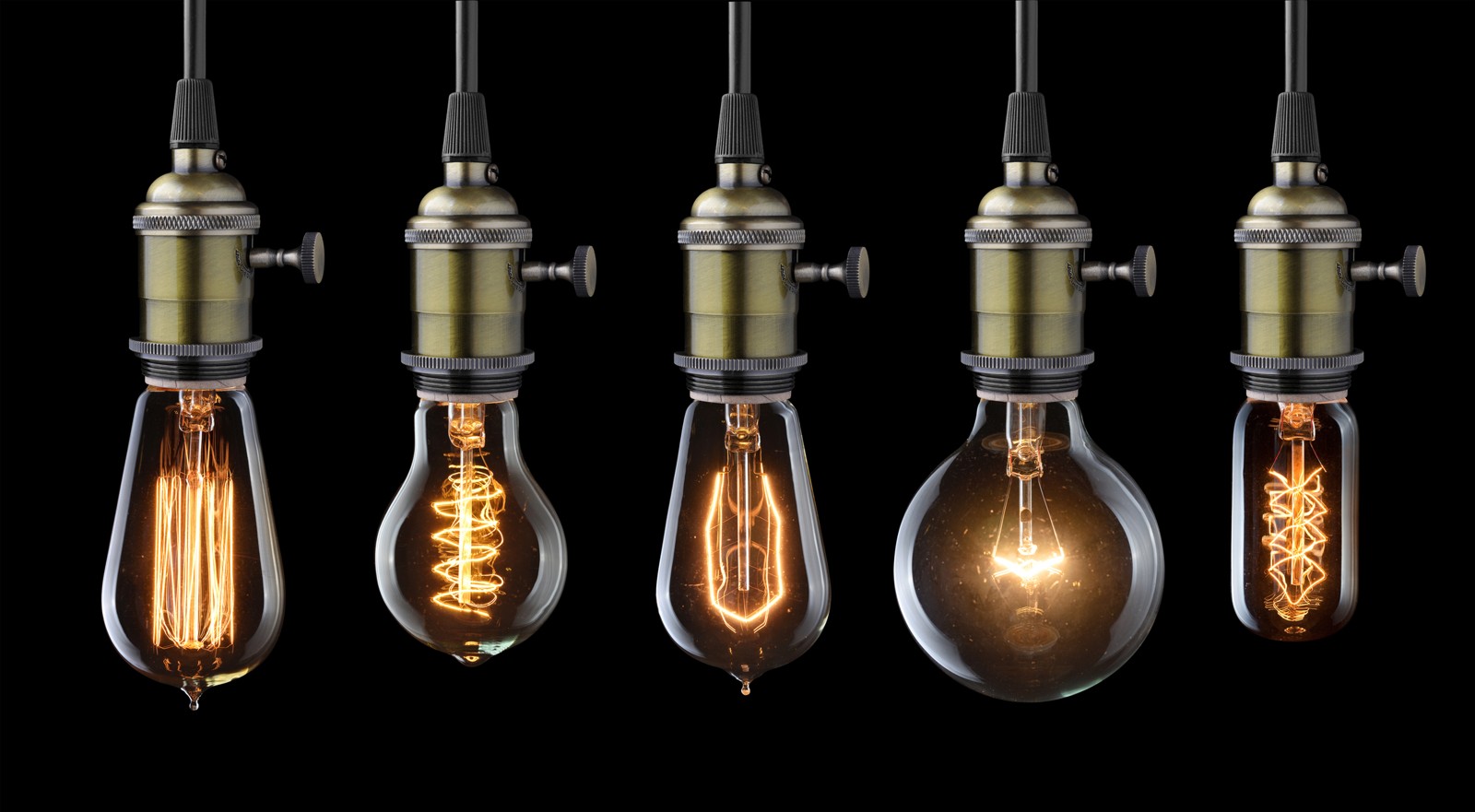
Photo by Chones on Shutterstock
The formula blends machinery and elegance, Gothic and Victorian, industrial materials like cogs, gears, copper, and brushed steel with the warmth of wood and natural materials. Victorian reproduction wallpaper and muted palettes of moodier hues are staples to fans of steampunk. Saturated with warmer hues and sheens, the typical steampunk space can feature a blend of copper and bronze or metallic tones with leather and dark wood, glass, and silk.
Expanding the Concept
Of course, filling rooms with steampunk style can go disastrously wrong if you overcrowd or skip some of the basics. Consider these simple steps when exploring the genre's unique and creative styles:
Choose muted neutrals - When looking at any well-done steampunk décor, you should notice straight away that there is a tendency towards muted neutrals that range from brown and sepia, to deep green, red, or even black. Sticking with just one such neutral color as the base shade will give you a solid foundation to design the rest of your room around.
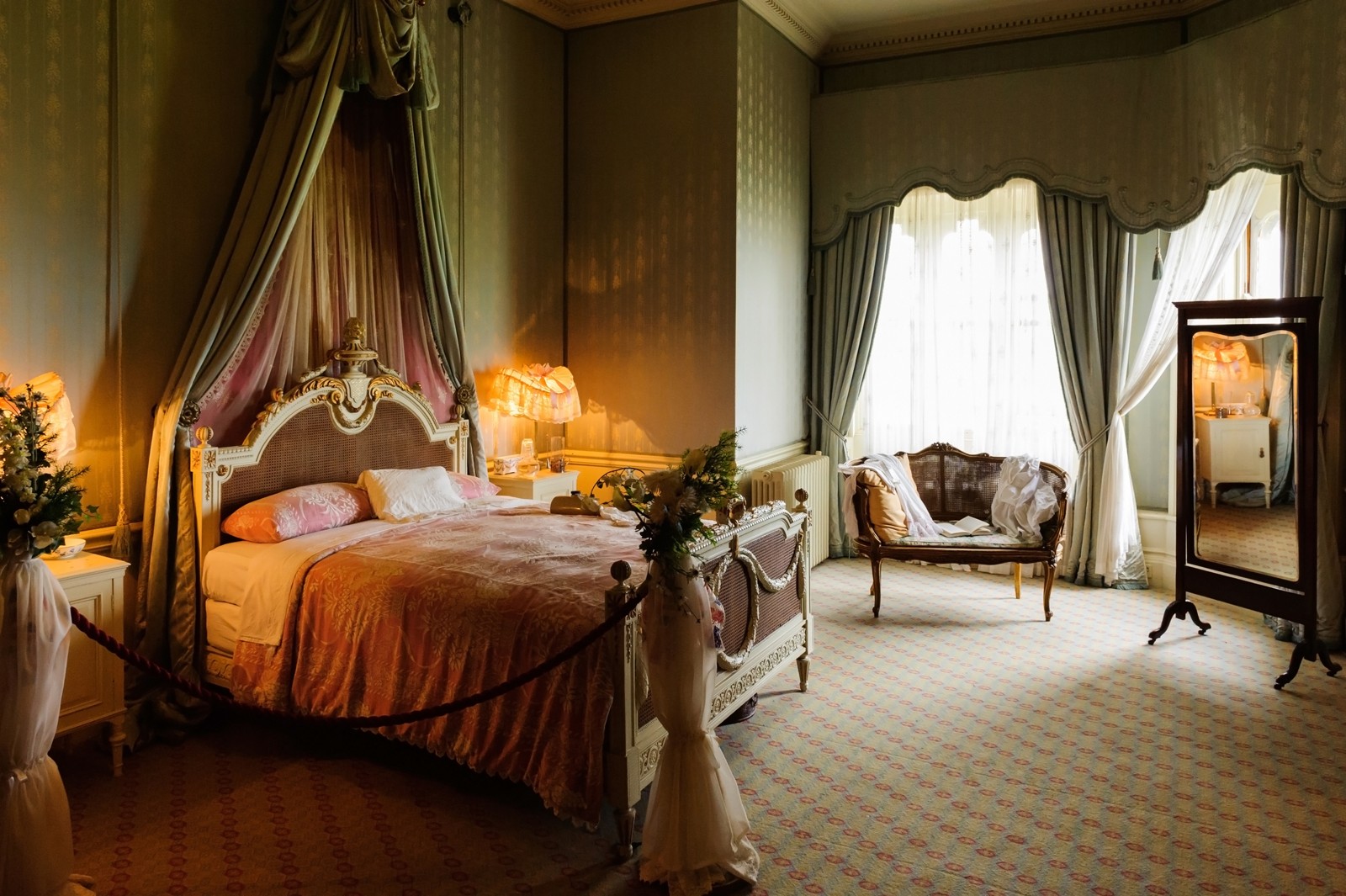
Photo by Stanko07 on Dreamstime
Maps, maps, and more maps - In the world of steampunk décor, there are not many murals, but there are certainly lots of maps. Over-sized, older maps are a wonderful way to create a steampunk vibe. Go ahead and leave some of the fold lines untouched and loosely mat or frame the map to bump up its steampunk factor. If maps don't work, old globes, especially those that have an aged or yellowed look, are also nice additions in this style.

Photo by Billion Photos on Shutterstock
Stick to old and refurbished - The odd leather armchair or upholstered sofa will work well in a steampunk space, but for the most part, stick to re-furbished and dated items. Old wooden tables that have been sanded, or have obvious signs of age, are great options. Pay attention to hardware and general style. Arts and Crafts era, Victorian period and dated (wooden) industrial looks are the best bets.
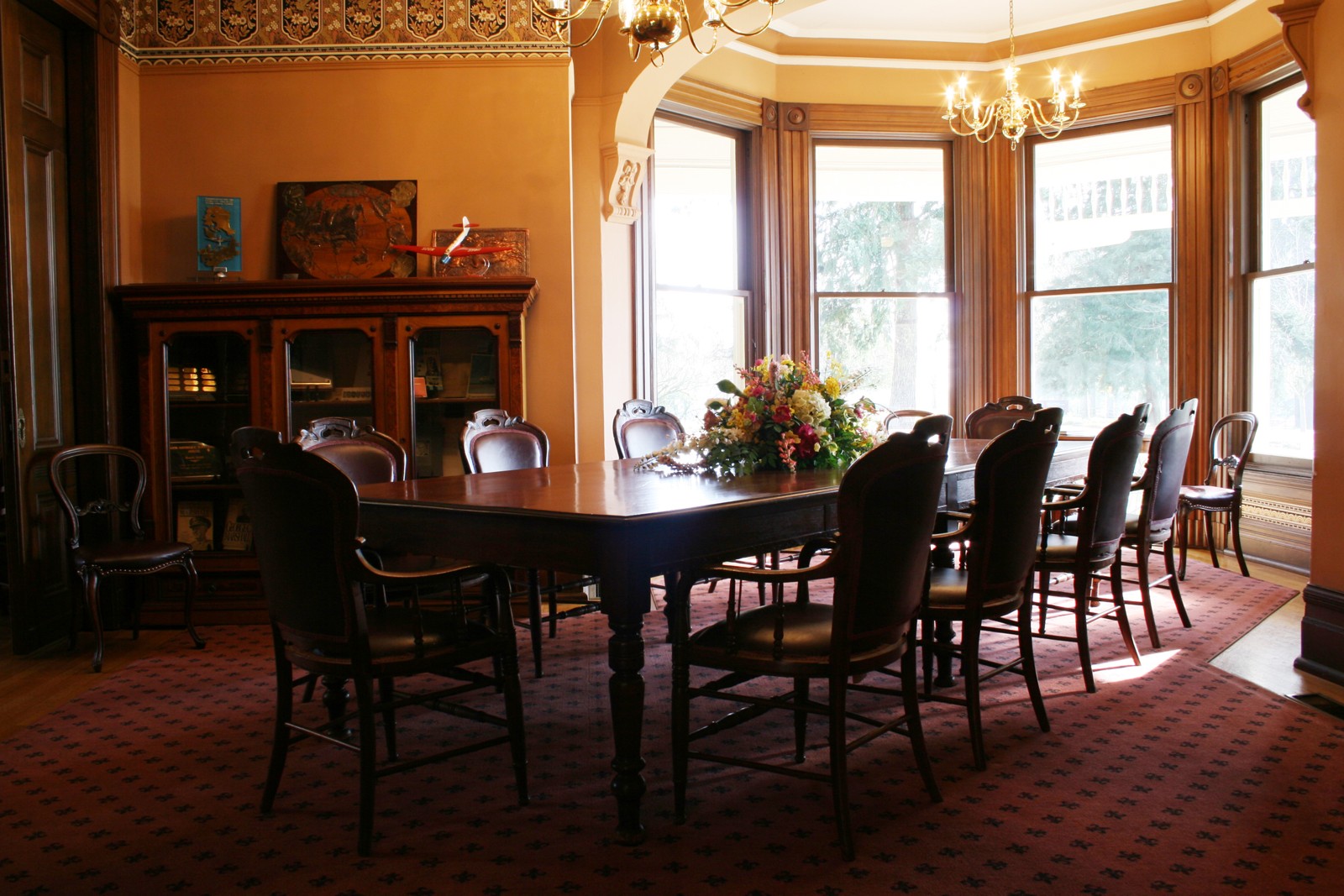
Photo by Peter Kim on Dreamstime
Industrial - While we are on the topic of industrial, remember that part of the overall steampunk aesthetic is a blending of industrial with Victorian era chic. That means that brick walls, pressed tin ceilings, and battered old wooden floors are all excellent. If your space includes old-fashioned tubular ductwork (i.e. old factory spaces and refurbished warehouses), it is a perfect fit to this unique décor.

Photo by Canakris on Bigstock
Large-scale décor - Victorian sewing tables, old fashioned "steamer trunks", cane stands with actual canes, wooden panels in a deeper stain, tripod mounted brass telescopes, old industrial scales in heavy metal…anything that is aged and of the appropriate era will work well in a steampunk space. Another hot item, pressed and framed plants or mounted insects add an ambience of relics and distressed textures. Flattened ferns with nicely written descriptions, over-sized beetles in shadow boxes, or even jars of butterflies are all part of the look.
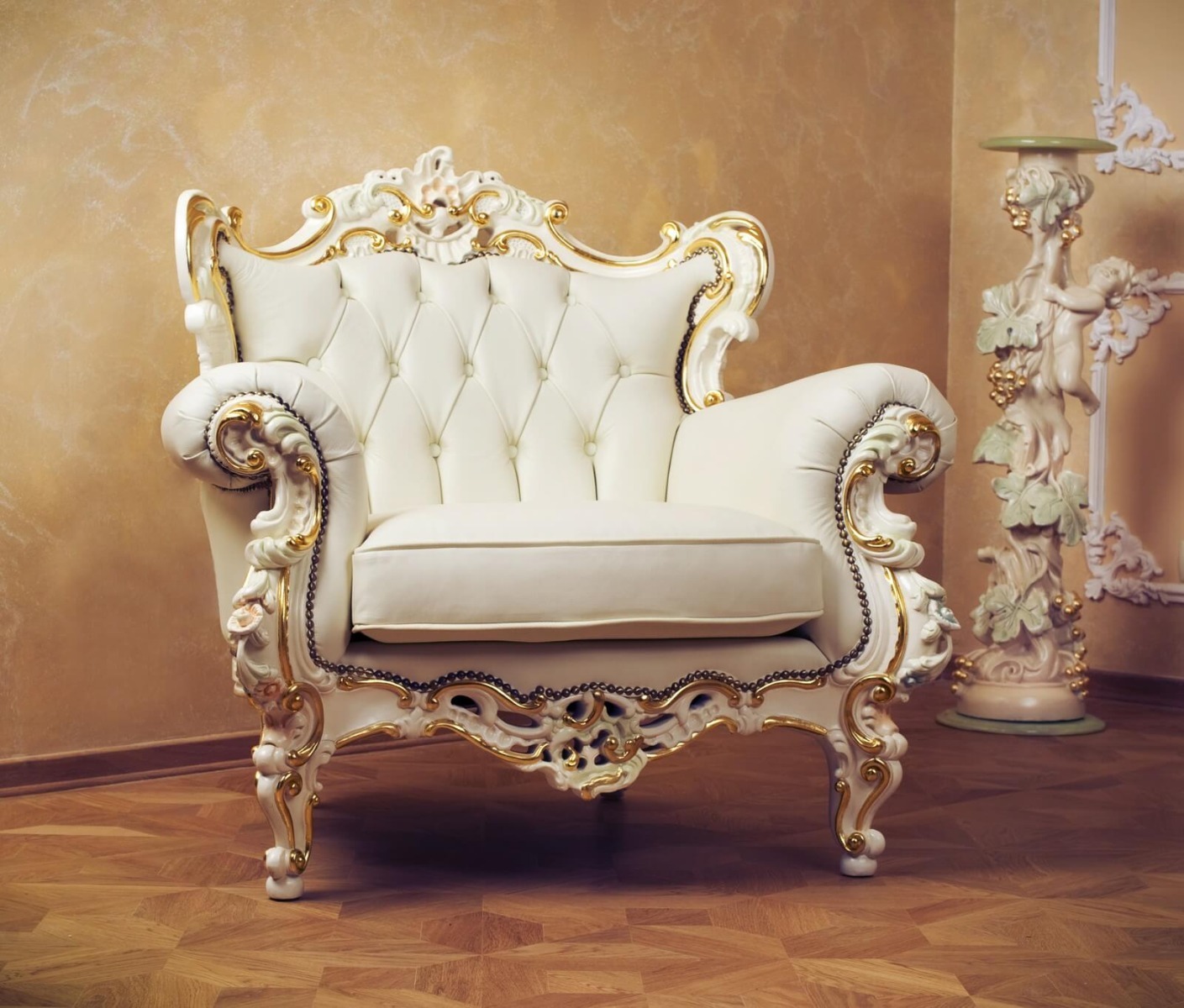
Photo by Subbotina Anna on Shutterstock
Now you know, steampunk is not all that complex. The key is to visually transport yourself to another (non-existent) era in which the Victorian world overlapped with a scientifically advanced, more global world. Use these tips as inspirations on how to turn your home or office into H.G. Wells' time machine, a zeppelin from another world, or just a space full of steampunk warmth and visual delights.




